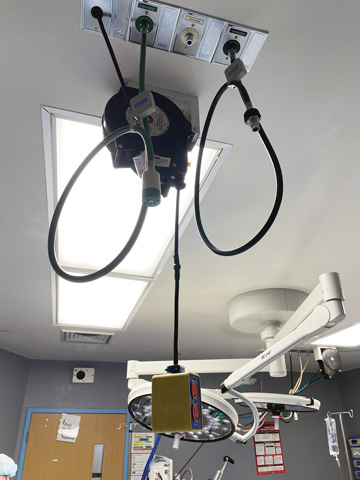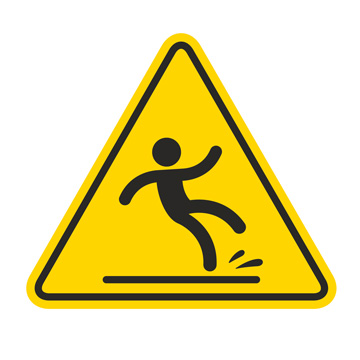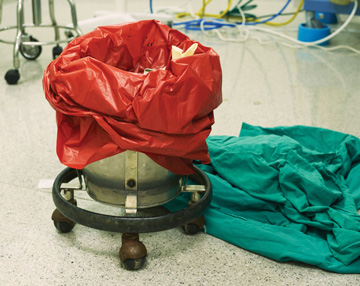Kathy Beydler, RN, MBA, CNOR, CASC, has seen her fair share of slips and trips in the OR — some resulting in significant injuries and missed work time — during her time as a nurse and outpatient surgery center administrator. “A friend of mine got her foot tangled in an improperly placed kick bucket, which caused her to fall and hurt her knee,” says Ms. Beydler. “She was out of work for a few weeks and had to do physical therapy.”
These days, Ms. Beydler sees the operating room through a different set of eyes. As a surveyor and principal consultant at Whitman Partners in Memphis, Tenn., she conducts accreditation surveys. “When I go into a surgery center or hospital, one of the dangers they’re accredited on is slips, trips and falls, and providing proper safety for their staff and patients,” says Ms. Beydler. “If the environment presents hazards, then they must be addressed in the accreditation report.”
During surveys, Ms. Beydler points out areas where facilities might be vulnerable. “If you work in the same OR every day, you might not notice obvious hazards,” she says.
One issue she has noticed at several facilities is the lack of a drip pan below motion-sensor hand sanitizer dispensers. “Even if you don’t put your hands under one, they can easily go off if you’re close enough,” says Ms. Beydler. “This leads to the foam dripping onto the floor, which creates a slipping hazard. I just cited a facility for that.”
Ms. Beydler says she’s also cited facilities for having equipment power cords that were too short, which essentially makes staff feel like they’re playing jump rope. “When cords are too short or you don’t have them placed properly, your staff is certainly at risk of tripping,” she says.
Although there are many risks to worry about in surgery, Ms. Beydler urges surgical leaders to focus on preventing slips, trips and falls. “It only takes one person to have their life completely impacted,” she says. “It could be a broken arm or a broken leg, which is not something any facility wants to deal with.”
Ms. Beydler says there is plenty of equipment on the market that can make your OR safer, such as power strips, cord covers and fluid management systems, and surgical leaders should spend time researching their options.
.svg?sfvrsn=be606e78_3)



.svg?sfvrsn=56b2f850_5)